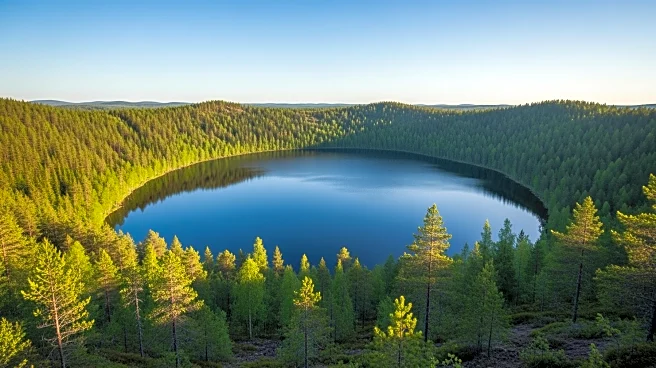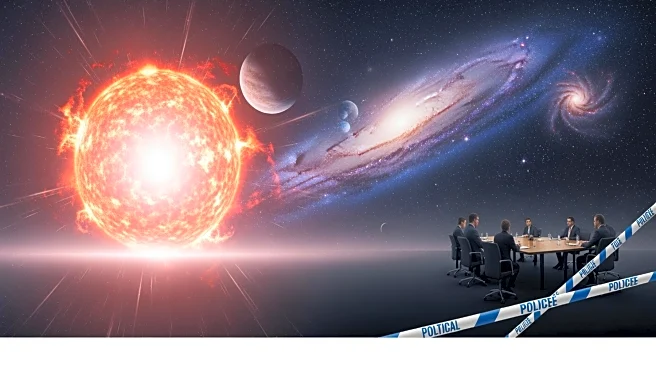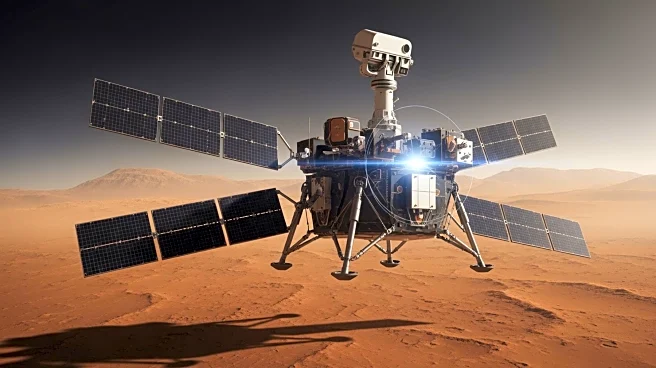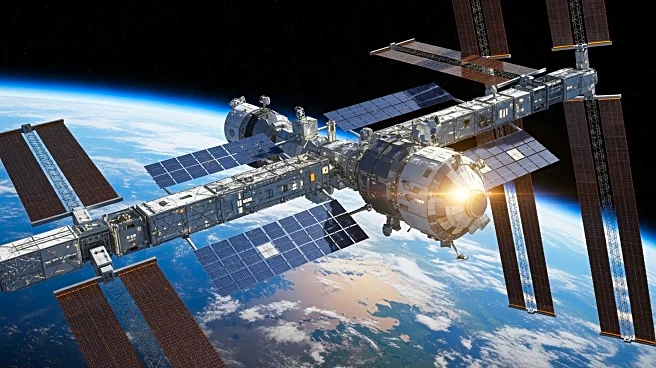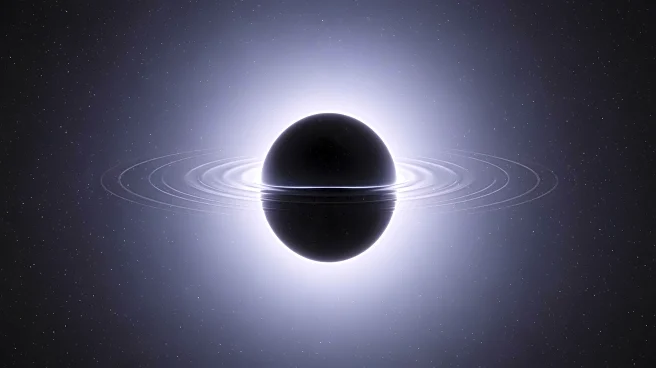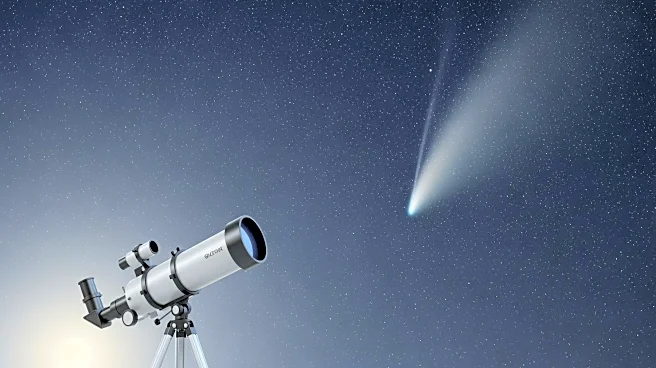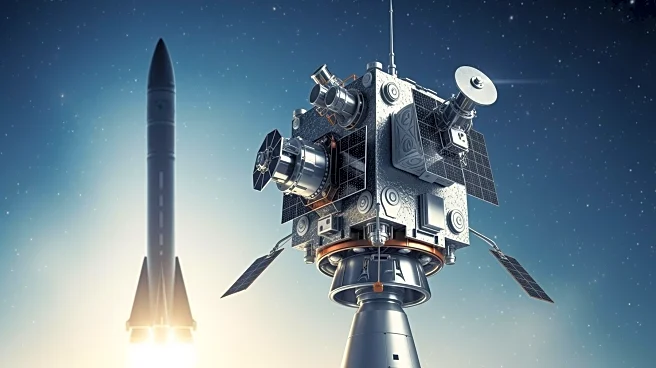What's Happening?
A study published in Nature Communications reveals that microbial life emerged in the Lake Lappajärvi crater in Finland just four million years after an asteroid impact. The research, led by Jacob Gustafsson
and Henrik Drake from Linnaeus University, involved analyzing rock cores from the crater. The findings show traces of microbial activity, indicating that life quickly recolonized the area. The crater, formed by a 23-kilometer-wide asteroid, retained heat for millions of years, creating conditions suitable for thermophilic microbes. This discovery highlights the resilience of life and the potential for similar processes on other planets.
Why It's Important?
The rapid emergence of life in the Lake Lappajärvi crater underscores the resilience of life and its ability to thrive in post-impact environments. This finding has implications for the search for life on other planets, particularly Mars, which has numerous impact craters and signs of ancient hydrothermal activity. The study suggests that impact craters could serve as havens for microbial life, providing insights into the conditions necessary for life to develop and persist. Understanding these processes can inform astrobiology and the search for extraterrestrial life.
What's Next?
Further research is needed to explore the potential for life in other impact craters, both on Earth and on other planets. Scientists will continue to study the geological and biological processes that allow life to thrive in such environments. This research could lead to new discoveries about the origins of life and the conditions that support it, both on Earth and beyond.
